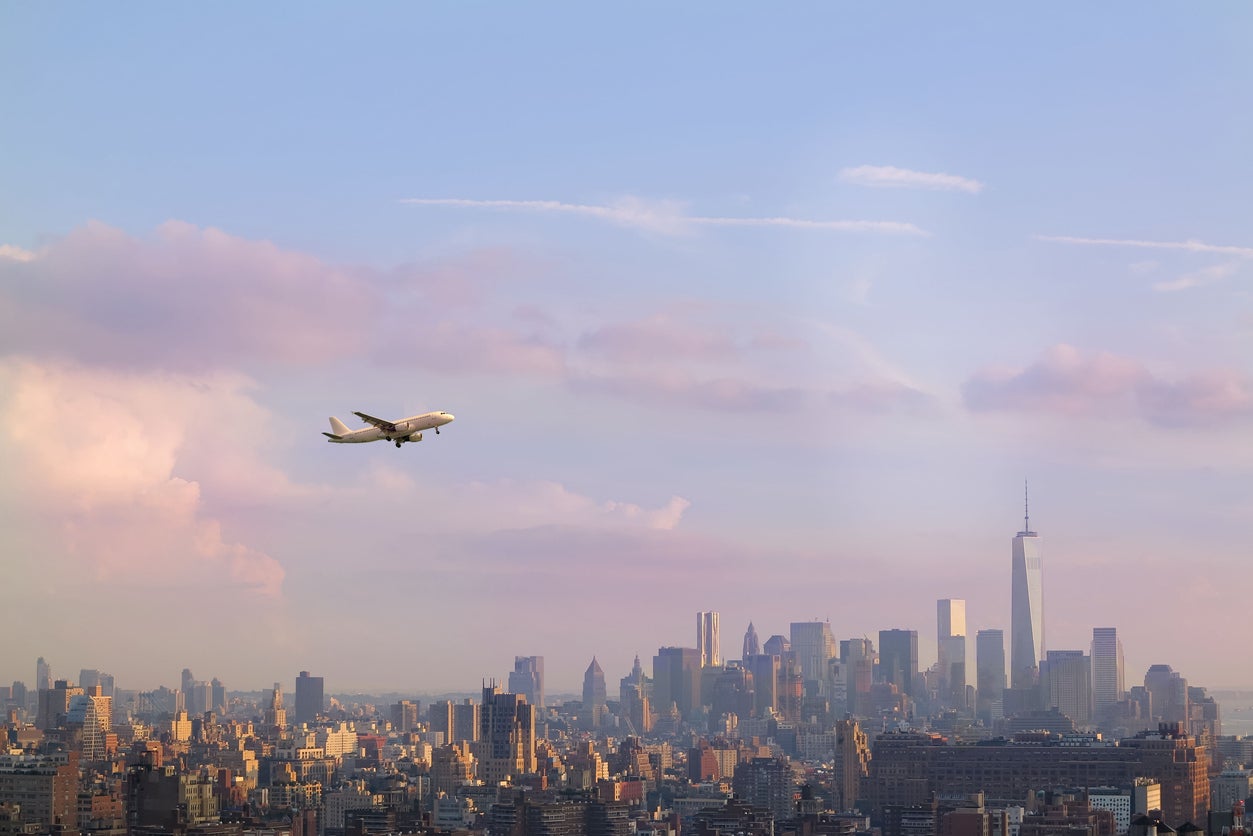Plans for plane that can fly from New York to London in 90 minutes explored by Nasa
Travellers could hop across the pond in less time than it takes to watch a film

Passengers could one day be able to jet from New York City to London in just 90 minutes, with Nasa announcing it is conducting research into supersonic aircraft.
A plane similar to the now-retired Concorde that can travel at speeds of more than 3,000mph is being worked on, which would see flight times from the Big Apple to the UK capital drop by more than three quarters.
The US space agency is also working on a place plane capable of reaching Mach 4, which is four times the speed of sound. In comparison, Nasa said that today’s larger airliners cruise at roughly 600mph, or 80 per cent the speed of sound.
“Flying from New York City to London up to four times faster than what’s currently possible may sound like a far-off dream, but Nasa is exploring whether the commercial market could support travel at such speeds,” the organisation said.
Nasa has identified passenger markets in 50 established intercity flight routes. With supersonic flight over land prohibited in the US and other countries, the research has been focused on “transoceanic travel, including high-volume North Atlantic routes and those crossing the Pacific”.
These early steps mirror the ones taken at the start of Nasa’s Quesst mission, which aims to provide data to regulators that would help change the overland commercial supersonic flight rules. Its X-59 research aircraft has technology aimed at reducing the loud sonic boom to a “gentle bump” for people on the ground.
Lori Ozoroski, project manager for Nasa’s Commercial Supersonic Technology Project, said: “These new studies will both refresh those looks at technology roadmaps and identify additional research needs for a broader high-speed range.”
The next step of the high-speed travel research will see two teams – one led by Boeing, the other by Northrop Grumman Aeronautics Systems – developing concepts for aircraft that can hold up under high-supersonic speeds.
“The design concepts and technology roadmaps are really important to have in our hands when the companies are finished," said Mary Jo Long-Davis, manager of Nasa’s Hypersonic Technology Project.
“We are also collectively conscious of the need to account for safety, efficiency, economic, and societal considerations. It’s important to innovate responsibly so we return benefits to travellers and do no harm to the environment.”
Earlier this year, research from the UK’s Civil Aviation Authority suggested that travellers will be able to fly from London to Sydney, Australia, in less than two hours within the next decade – if they go through space.
Subscribe to Independent Premium to bookmark this article
Want to bookmark your favourite articles and stories to read or reference later? Start your Independent Premium subscription today.

Join our commenting forum
Join thought-provoking conversations, follow other Independent readers and see their replies